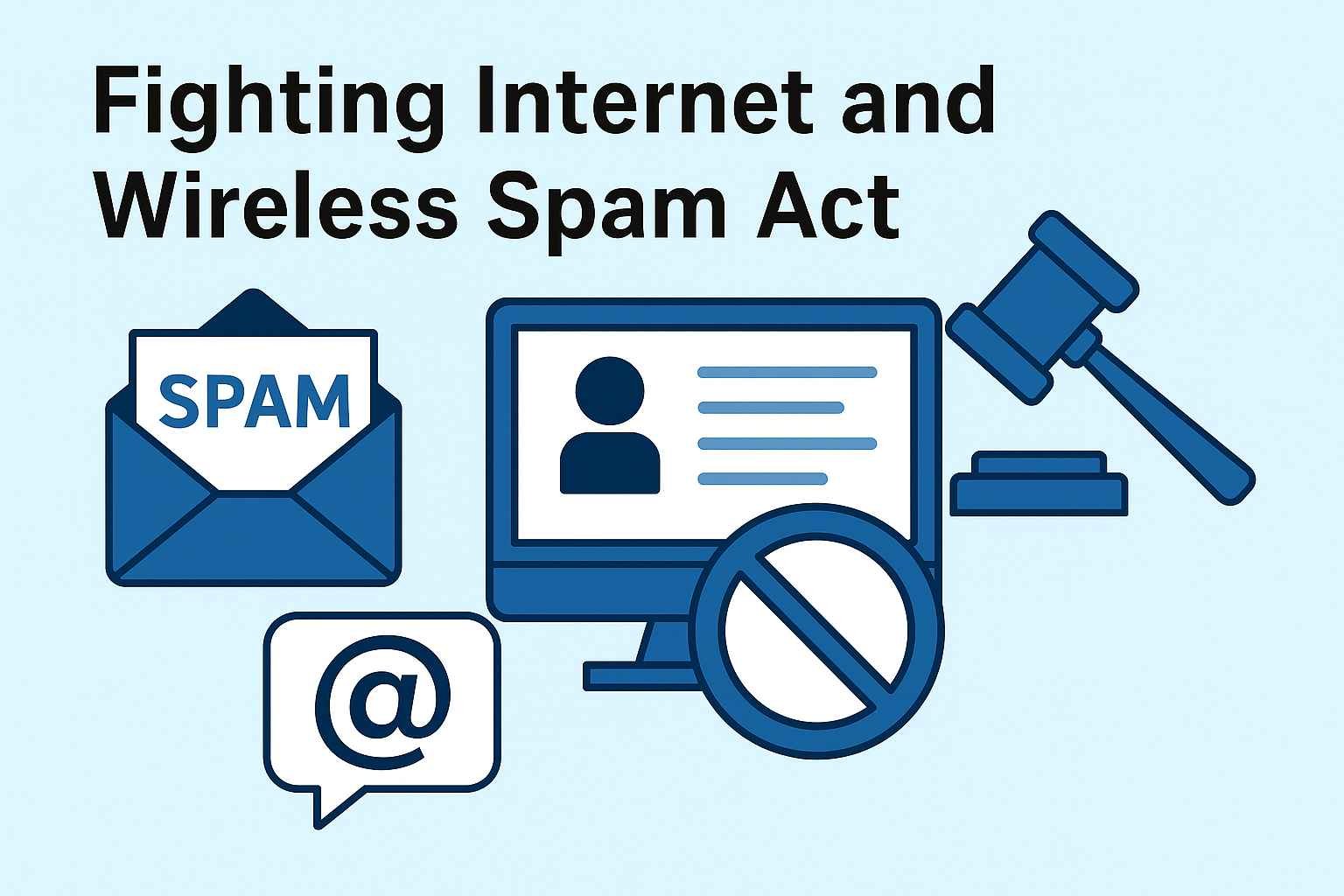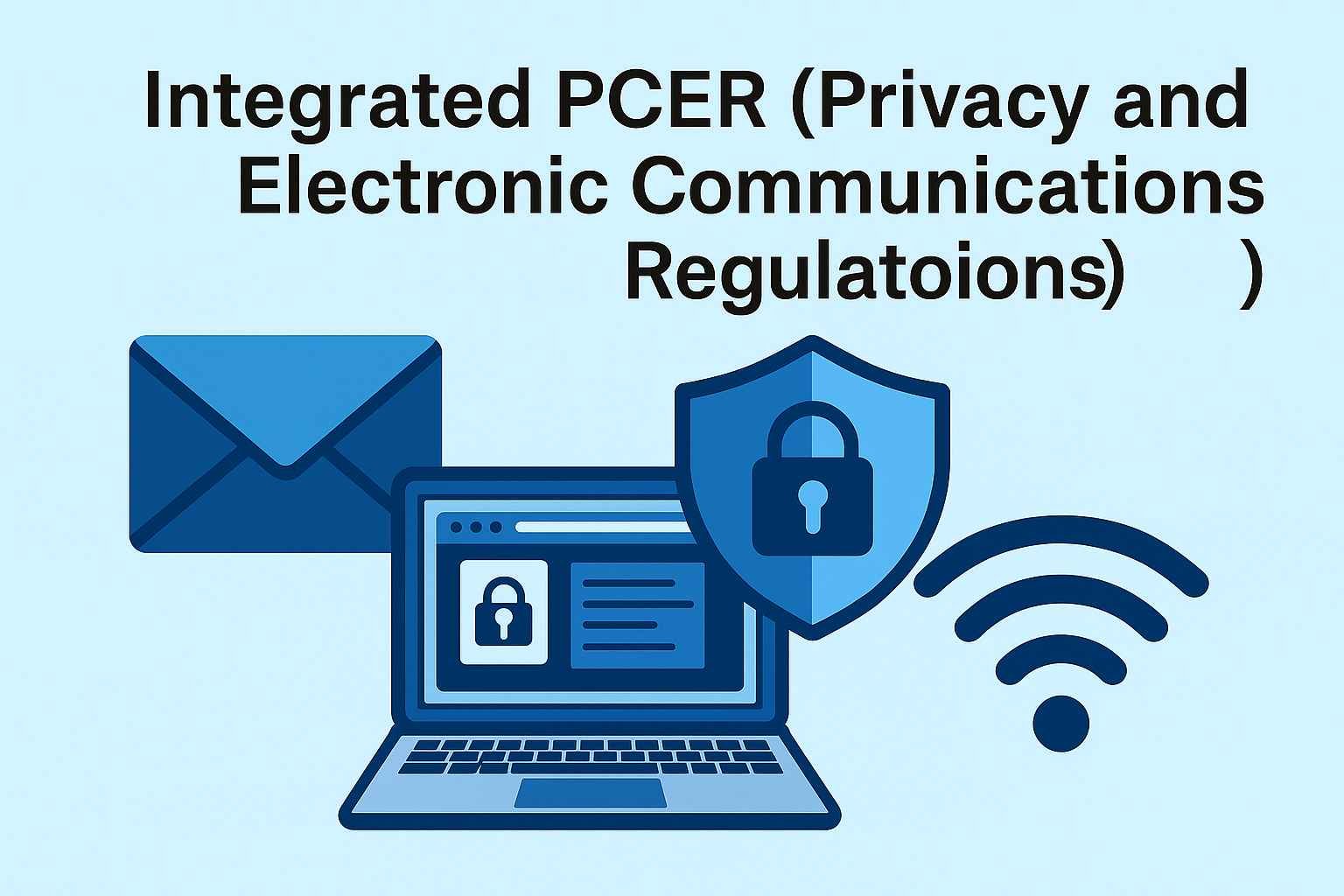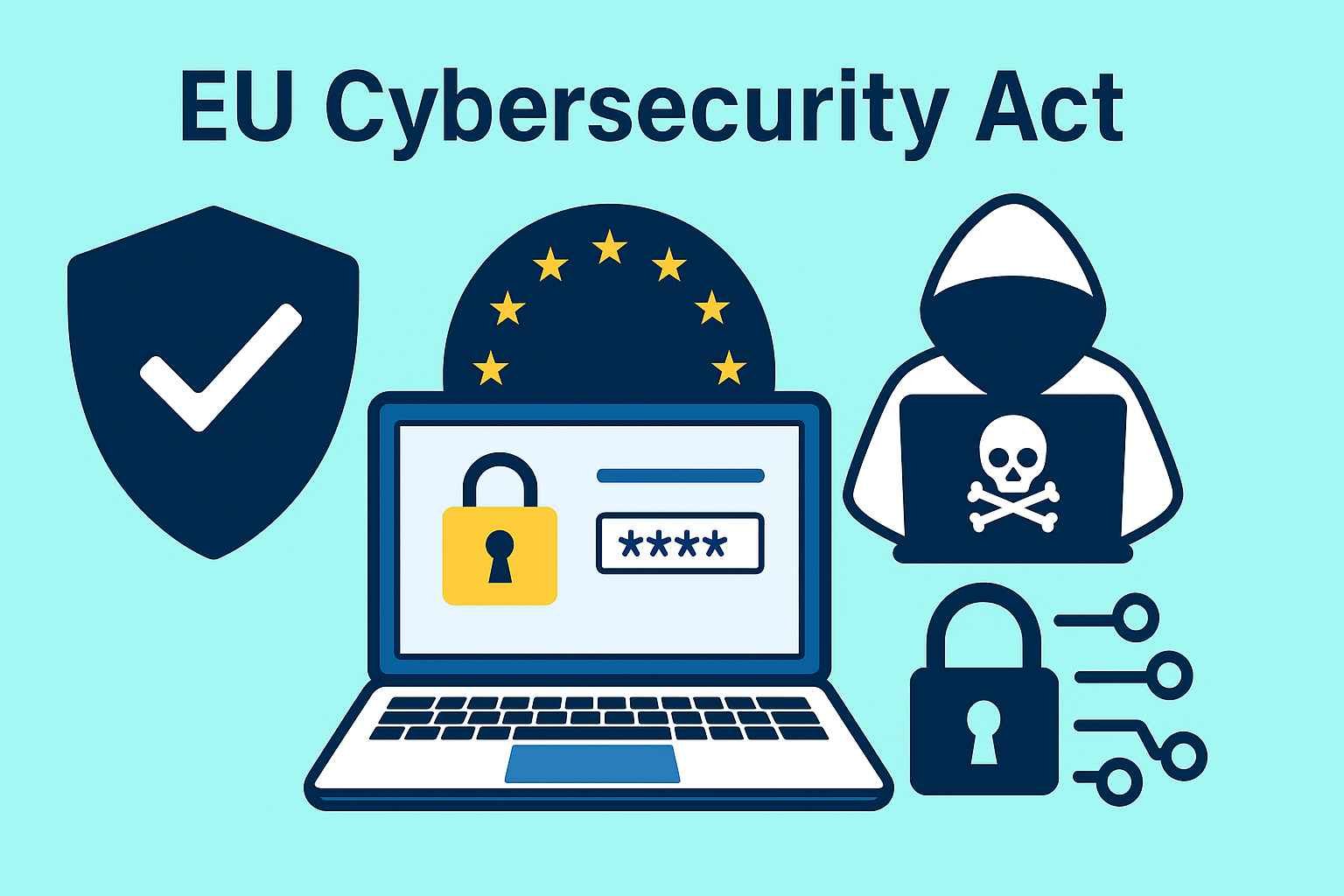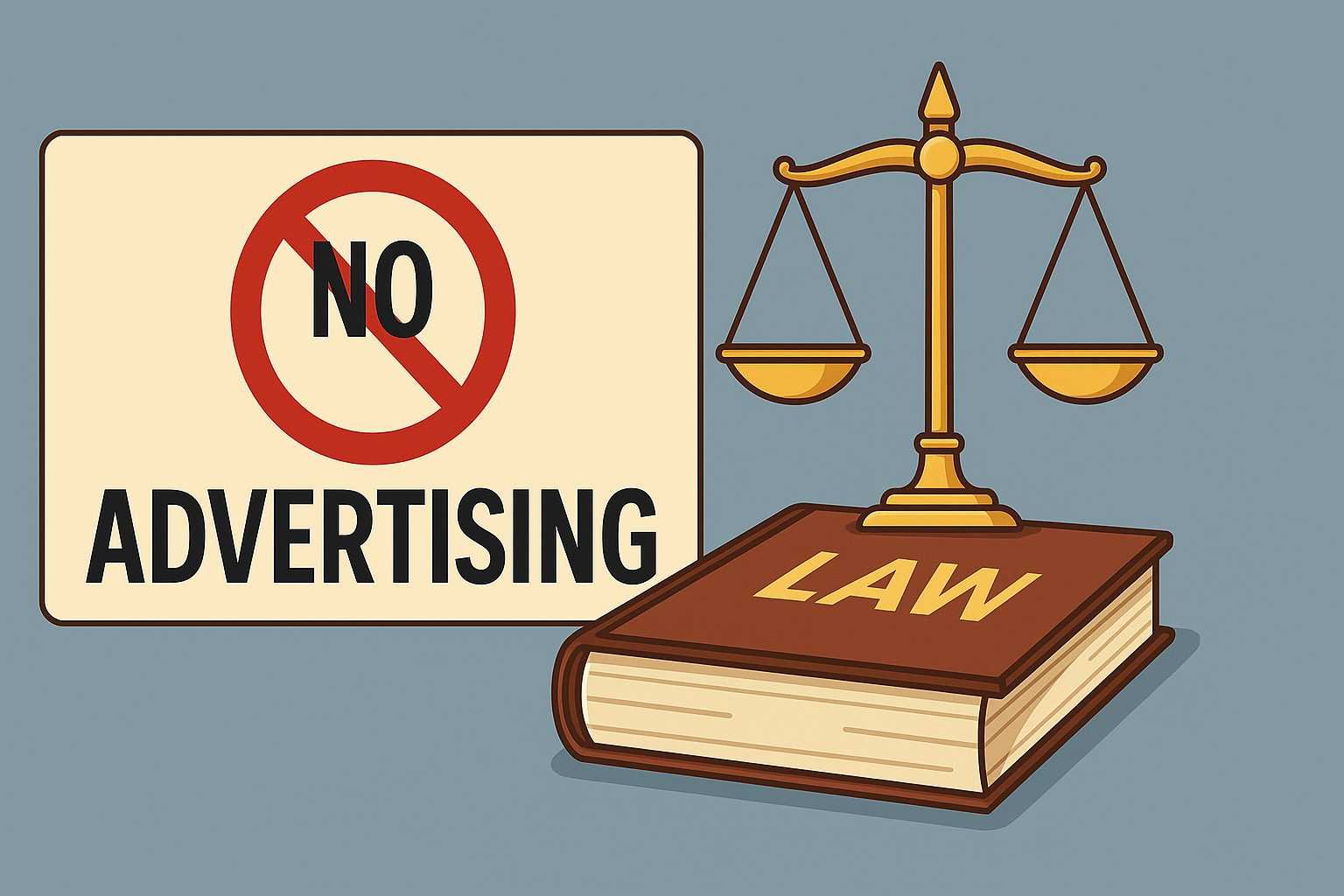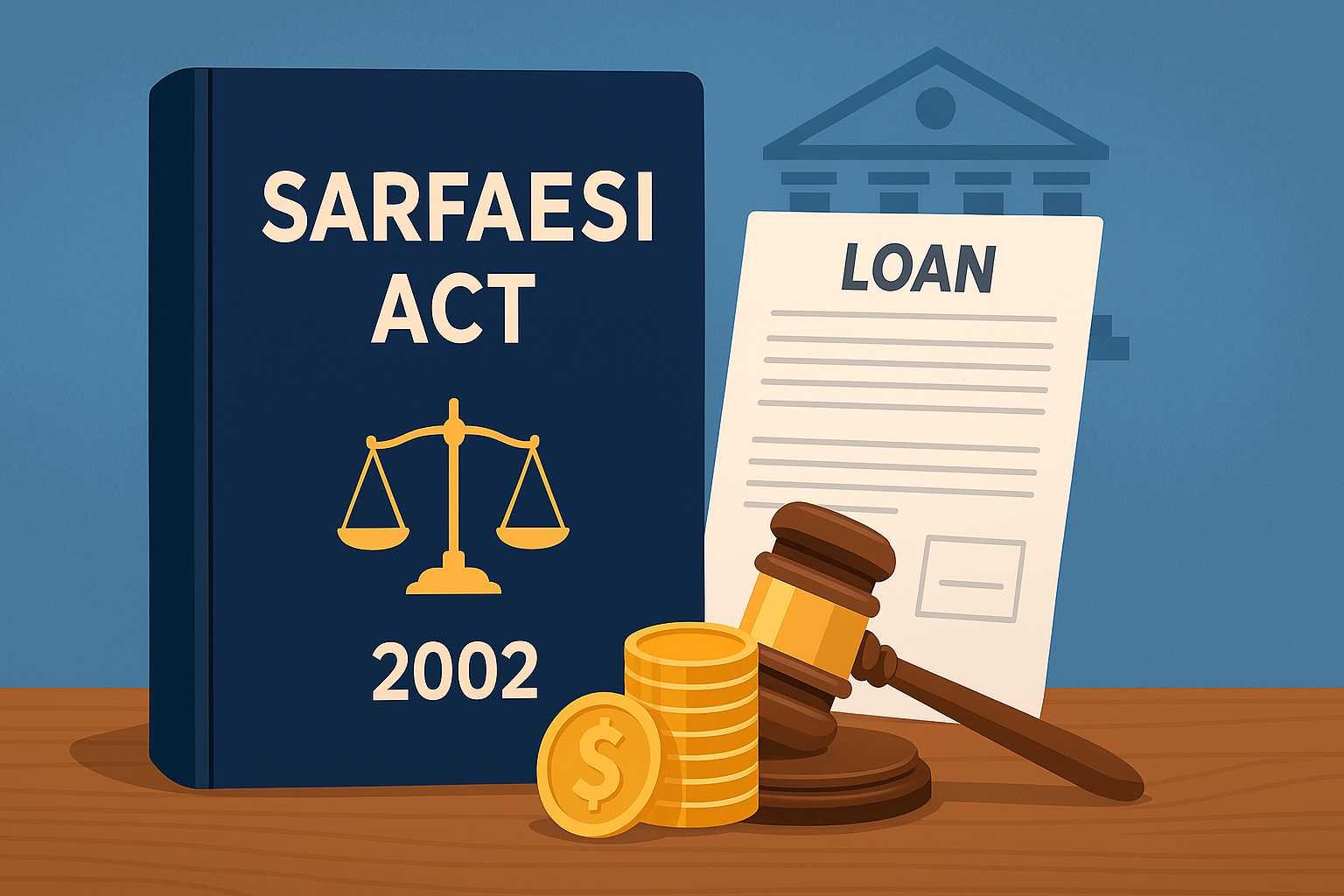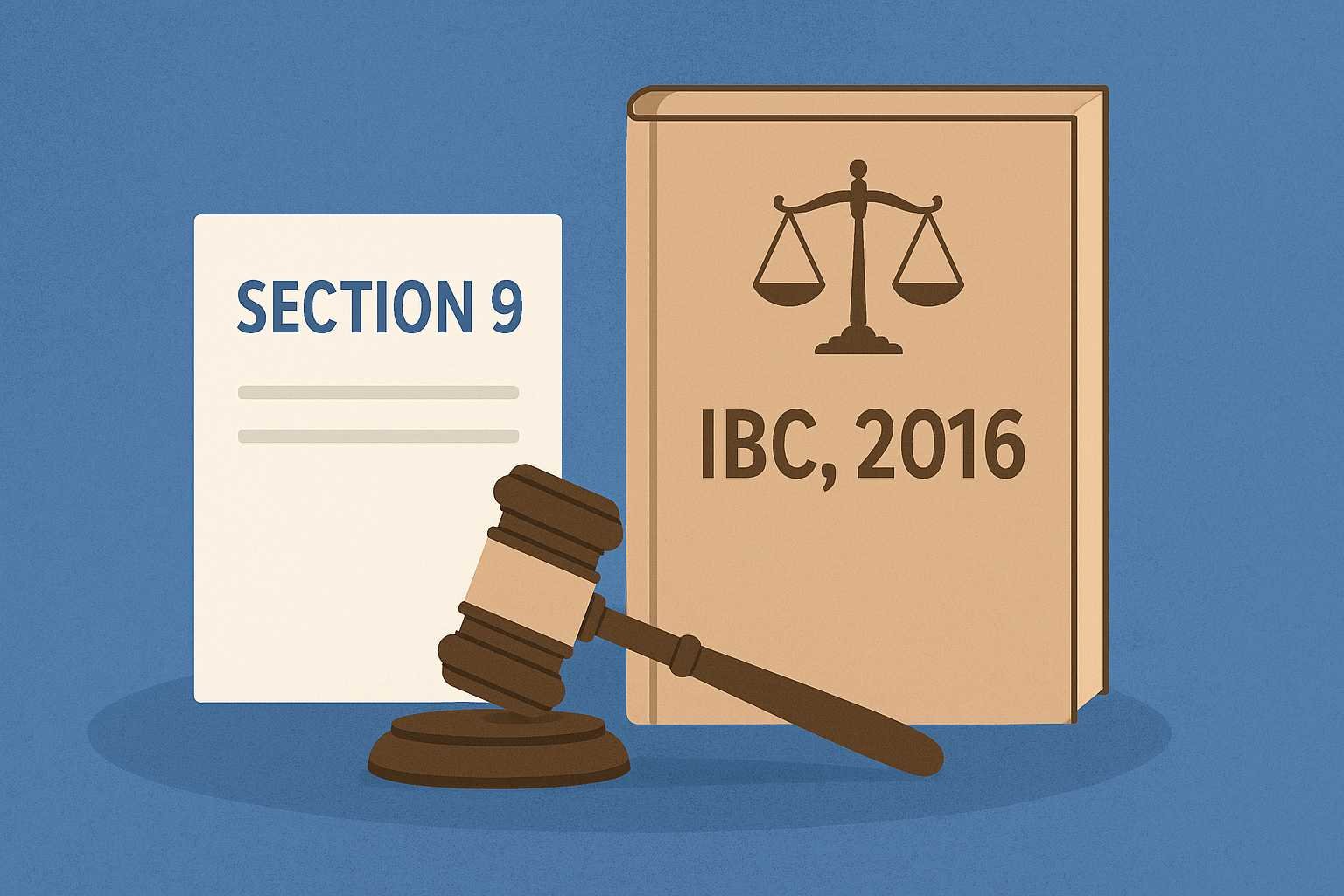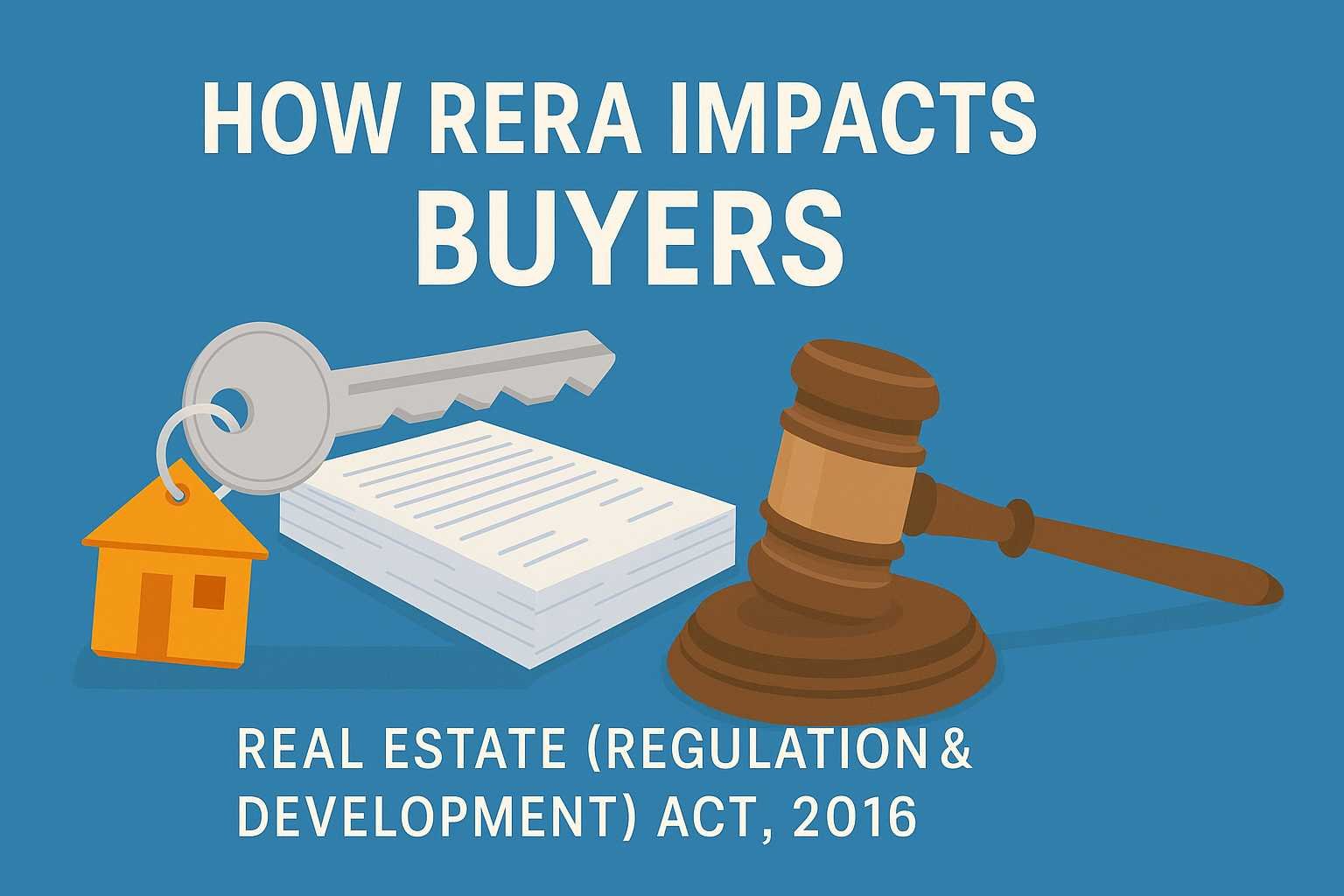On this page you will read detailed information about Fighting Internet and Wireless Spam Act (CASL).
What Is CASL & Why It Exists
The Canadian Anti-Spam Legislation (CASL)—officially the Fighting Internet and Wireless Spam Act—came into force in 2014, and has since become among the world’s strictest laws regulating commercial electronic messages (CEMs), installation of software, and unsolicited message practices. The goal: reduce spam, phishing, fraud, and abuse in Canada’s digital ecosystem.
As of 2025, CASL continues to influence how organizations communicate digitally, requiring strong consent, clear identification, and easy unsubscribe mechanisms. It’s a showpiece in how privacy, consumer protection, and communication regulation intersect in the digital age.
The Scope & Key Concepts of CASL
CASL regulates three main categories of conduct:
- Commercial Electronic Messages (CEMs)
These are messages sent to electronic addresses (email, SMS, direct messages) that encourage participation in commercial activity (e.g. selling, promoting goods or services, business opportunities). - Installation of Computer Programs
In certain contexts, CASL also covers the installation of software (apps, plugins, firmware) on someone’s device without consent, especially when paired with a CEM or commercial purpose. - Altering Transmission Data
It prohibits altering transmission data (like headers, routing info) in a way that causes messages to be delivered differently or misleadingly.
To fall within CASL, a message must be a “commercial electronic message.” Purely transactional messages (account notices, internal updates, etc.) are often exempt—but the boundaries can blur.
Consent under CASL: Key Requirements
CASL is built on a consent model. To send a CEM legally in Canada, you must have valid consent, and you must include content requirements.
Consent Types
- Express consent: A recipient explicitly agrees (written or verbal) to receive messages. This is the safest form of consent.
- Implied consent: In certain situations, consent is presumed—e.g., an existing business relationship (someone bought from you in the past 2 years) or inquiry (someone contacted you in the last 6 months). But implied consent is limited in duration and more risky to rely on.
Consent must be documented (who, when, how).
Information at the Time of Consent
When obtaining consent, you must provide:
- Your identity (name of sender or organization)
- Contact details (physical mailing address, email or phone)
- Clear explanation of the purpose for which consent is sought
- A statement that consent is optional and can be withdrawn
Plus, CEMs must include:
- Clear “unsubscribe” or withdrawal mechanism
- Identification of sender and any person on whose behalf it is sent
- Mailing address (or representative address)
Failing these rules is a violation even if consent is present.
Enforcement & Penalties
The Canadian Radiotelevision and Telecommunications Commission (CRTC) is the primary enforcement body for CASL. Other agencies—Canadian Competition Bureau and Office of the Privacy Commissioner—can also participate.
Penalties are significant:
- Up to CAD 10 million per violation for businesses
- For individuals, up to CAD 1 million
- Fines are per violation, so multiple messages can stack up
The CRTC publishes decisions, warning letters, and penalties. Organizations must take CASL compliance seriously.
CASL in 2025: Updates & Trends
Even though the law passed long ago, enforcement, interpretation, and digital practices continue evolving. Some recent trends:
- The CRTC is issuing more enforcement notices for deceptive messages, failure to unsubscribe, or missing sender information.
- Use of AI-generated content and personalization raises new questions: does personalization turn a message into a CEM even when flow is transactional?
- Global reach & cross-border spam: CASL applies not just to Canadian senders, but to CEMs sent to Canadians from abroad, making international compliance essential.
- Integration with Canada’s privacy reforms (e.g. federal privacy law modernization) may lead to alignment of consent, data use, retention, and incident reporting rules.
- Legal uncertainty in borderline cases: membership renewals, loyalty program notices, or mixed content messages sometimes fall in a gray zone between marketing and service notices.
Practical Compliance Tips (2025 Edition)
Here’s how organizations can ensure they stay CASL-compliant:
- Audit your email and SMS lists
Identify each contact’s consent status (express, implied, none), record when and how it was obtained, and ensure duration limits for implied consent are tracked. - Use clear & separate consent mechanisms
Consent checkboxes should not be pre-ticked. They should be distinct from other terms or agreements. - Maintain proper identification & opt-out info in every message
Always list the sender, who it’s on behalf of, mailing address, and an unsubscribe link or mechanism that works within 60 days. - Honor unsubscribe requests promptly
Under CASL, unsubscribe requests must be acted on within 10 business days. Continuing to send after that is a violation. - Log CEMs and monitor delivery
Keep archives, logs of sent messages, bounce data, and unsubscribe logs in case of audit or complaint. - Review mixed content messages
Messages with both promotional and non-promotional content should be carefully designed so that the call to action or marketing portion makes it a CEM—ensure you have consent. - Be wary of third-party marketing partners
If you use mailing lists or partners, ensure they have proper consent and agree to CASL compliance in writing. You can be held liable for partner violations. - International senders must adapt
If your service reaches Canadians, ensure you comply with CASL even if headquartered abroad—especially for CEMs targeting Canadian recipients. - Monitor enforcement actions
Watch CRTC rulings to understand how the law is evolving, especially in AI or personalization cases.
In the previous post, we had shared information about Integrated Circuit Topography Act (ICTA), so read that post also.
Common Pitfalls & Misconceptions
- “I have implied consent, so I can email anytime.”
Implied consent is temporary—usually 2 years for existing customers or 6 months for inquiries. Beyond that, you risk losing the protection. - “Internal communications don’t count.”
Messages to employees or intra-company communications may not be CEMs, but if they solicit business or external promotion, CASL may apply. - “Transactional messages are exempt.”
Exceptions exist (e.g. legal notices, warranty, billing), but when a message prompts commercial action (upsell, cross-sell), it may be a CEM. - “Unsubscribe link isn’t necessary if all emails are useful content.”
Even if all content is valuable, CASL mandates an unsubscribe mechanism. - “CASL doesn’t reach global sends.”
It does. If a Canadian recipient is targeted, CASL applies—even to senders outside Canada.
Why CASL Still Matters in 2025
- With “inbox fatigue” and tight restrictions in many jurisdictions (e.g. GDPR, UK privacy laws), countries like Canada set a high bar for digital marketing.
- CASL provides a meaningful legal framework that supports consumer trust—if you ask properly and respect opt-outs, you maintain reputation.
- As technologies evolve (AI, personalization, advanced analytics), CASL’s core grounding in consent and transparency remains relevant as a guardrail.
- For companies doing business or marketing in Canada (or targeting Canadians), compliance is non-negotiable to avoid fines and reputational damage.
Disclaimer
The information and services on this website are not intended to and shall not be used as legal advice. You should consult a Legal Professional for any legal or solicited advice. While we have good faith and our own independent research to every information listed on the website and do our best to ensure that the data provided is accurate. However, we do not guarantee the information provided is accurate and make no representation or warranty of any kind, express or implied, regarding the accuracy, adequacy, validity, reliability, availability, or completeness of any information on the Site. UNDER NO CIRCUMSTANCES SHALL WE HAVE ANY LIABILITY TO YOU FOR ANY LOSS OR DAMAGE OF ANY KIND INCURRED AS A RESULT OR RELIANCE ON ANY INFORMATION PROVIDED ON THE SITE. YOUR USE OF THE SITE AND YOUR RELIANCE ON ANY INFORMATION ON THE SITE IS SOLELY AT YOUR OWN RISK. Comments on this website are the sole responsibility of their writers so the accuracy, completeness, veracity, honesty, factuality and politeness of comments are not guaranteed.
So friends, today we talked about Fighting Internet and Wireless Spam Act (CASL), hope you liked our post.
If you liked the information about Fighting Internet and Wireless Spam Act (CASL), then definitely share this article with your friends.

